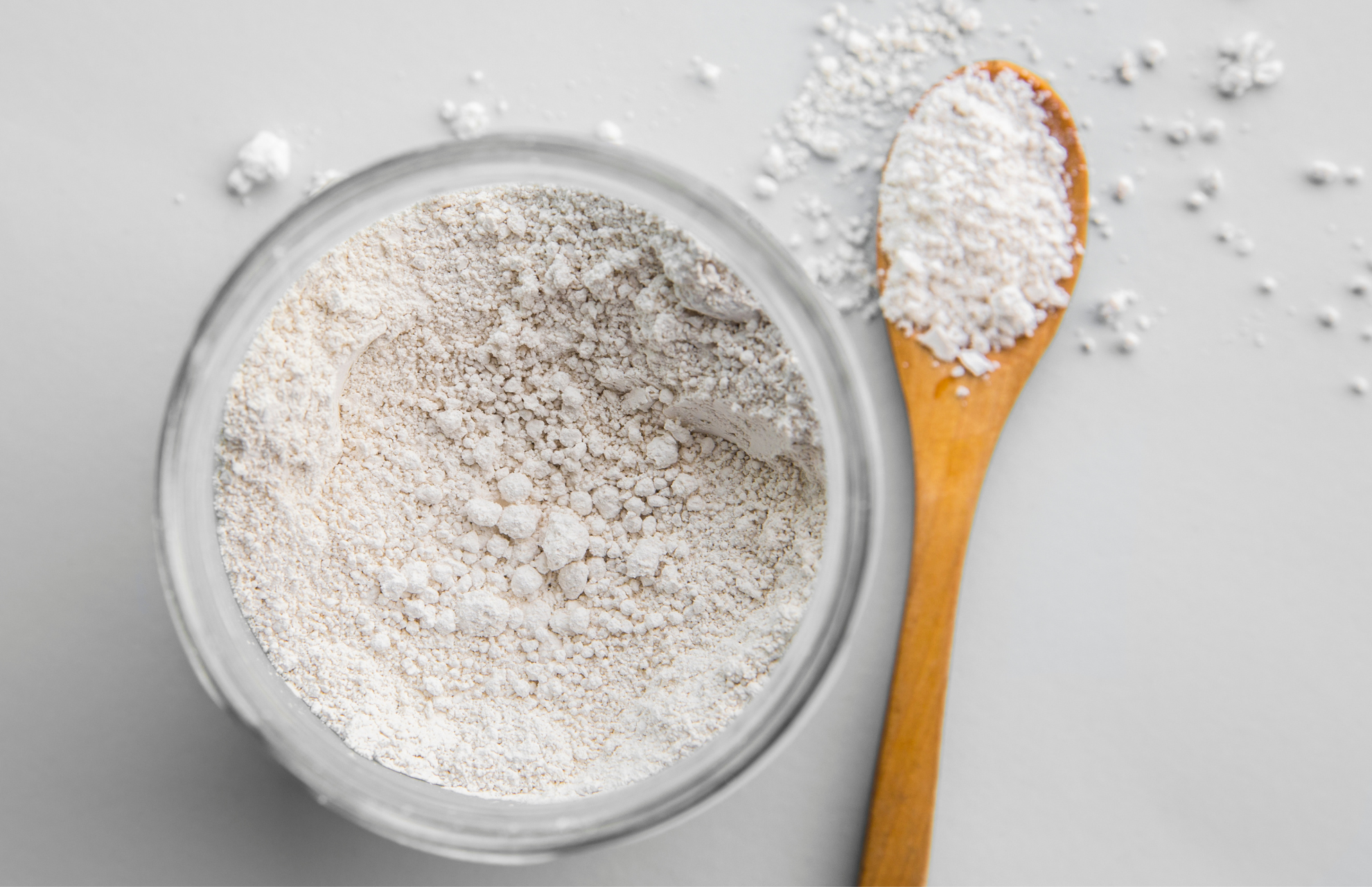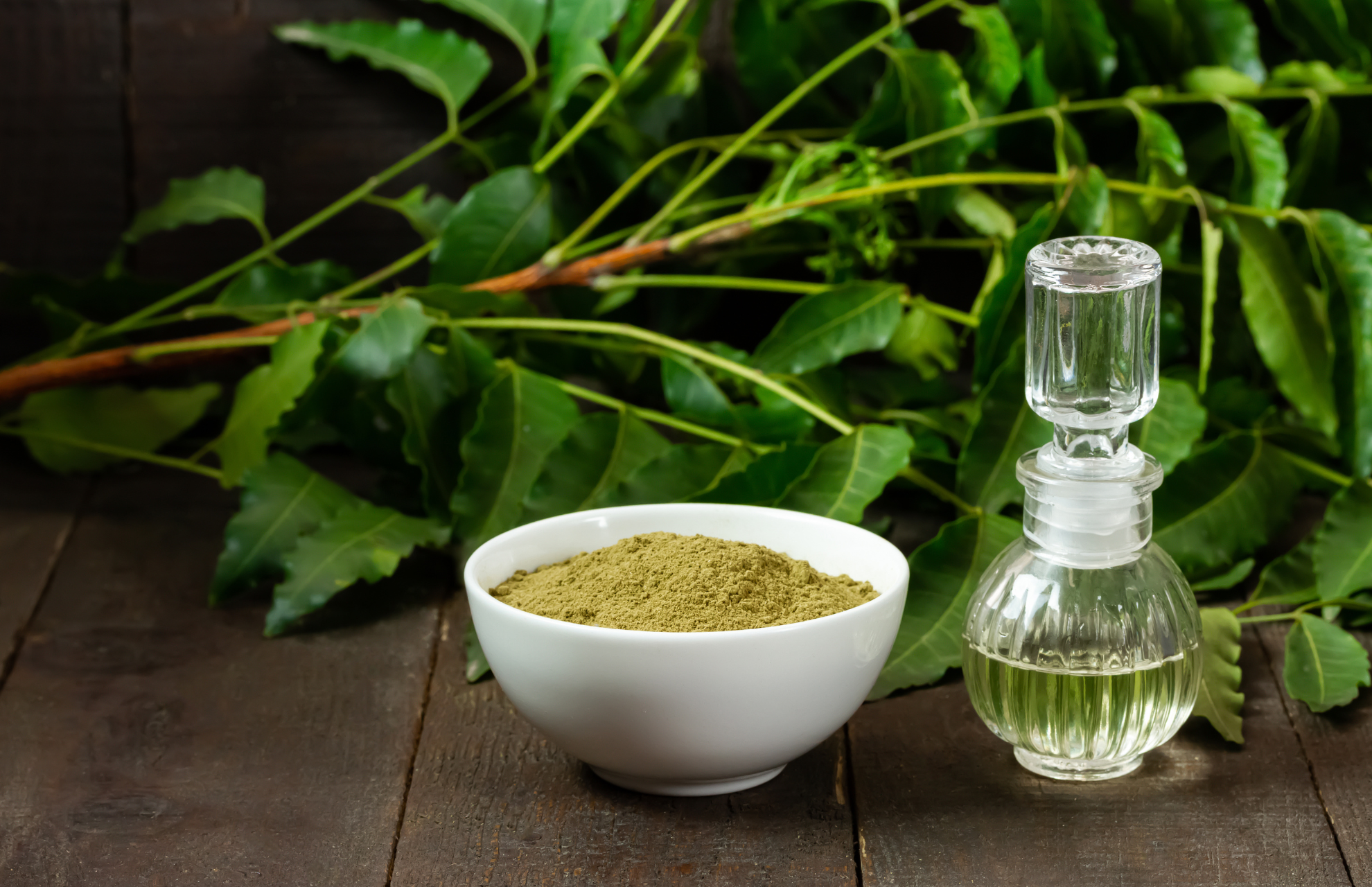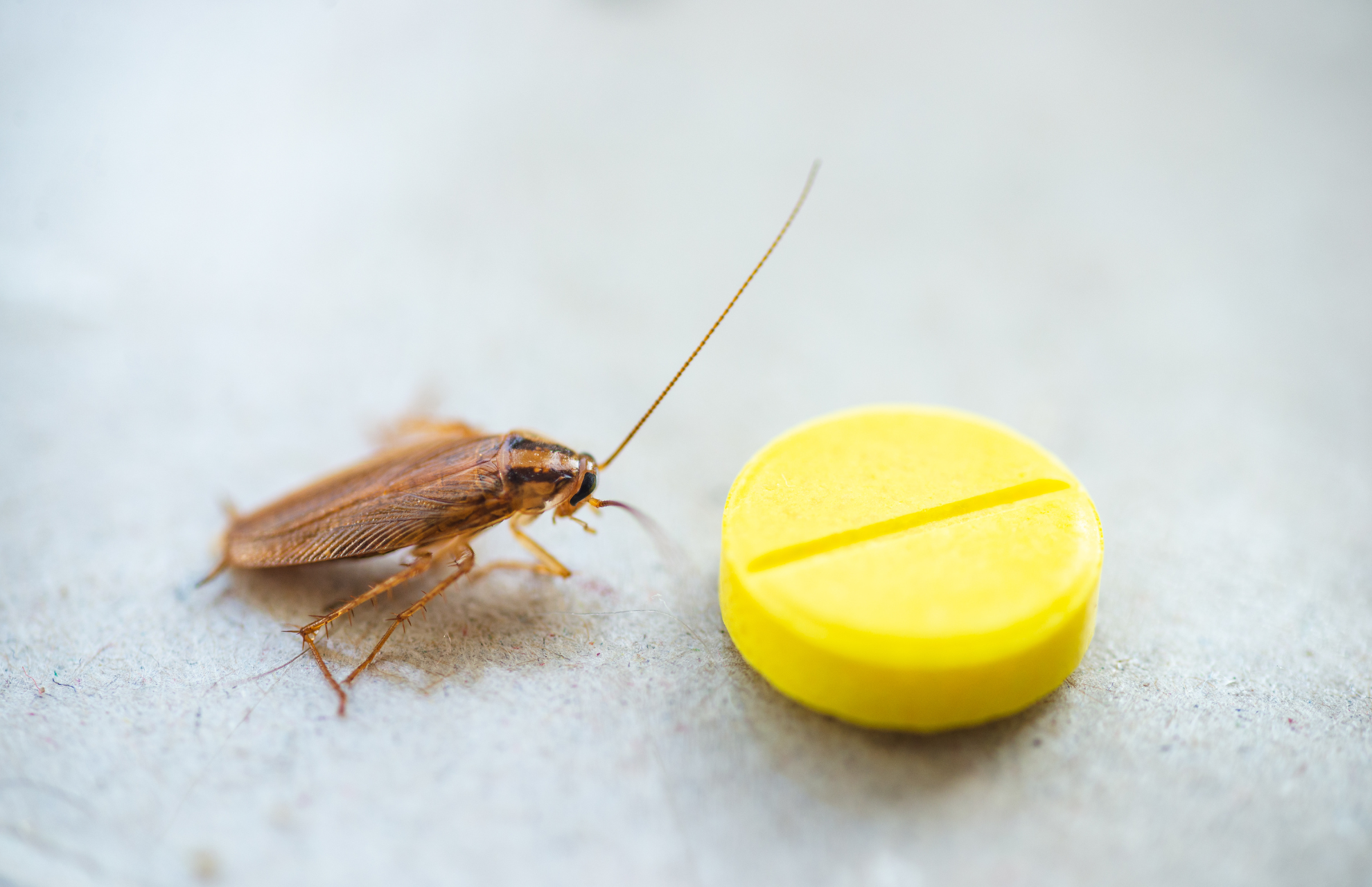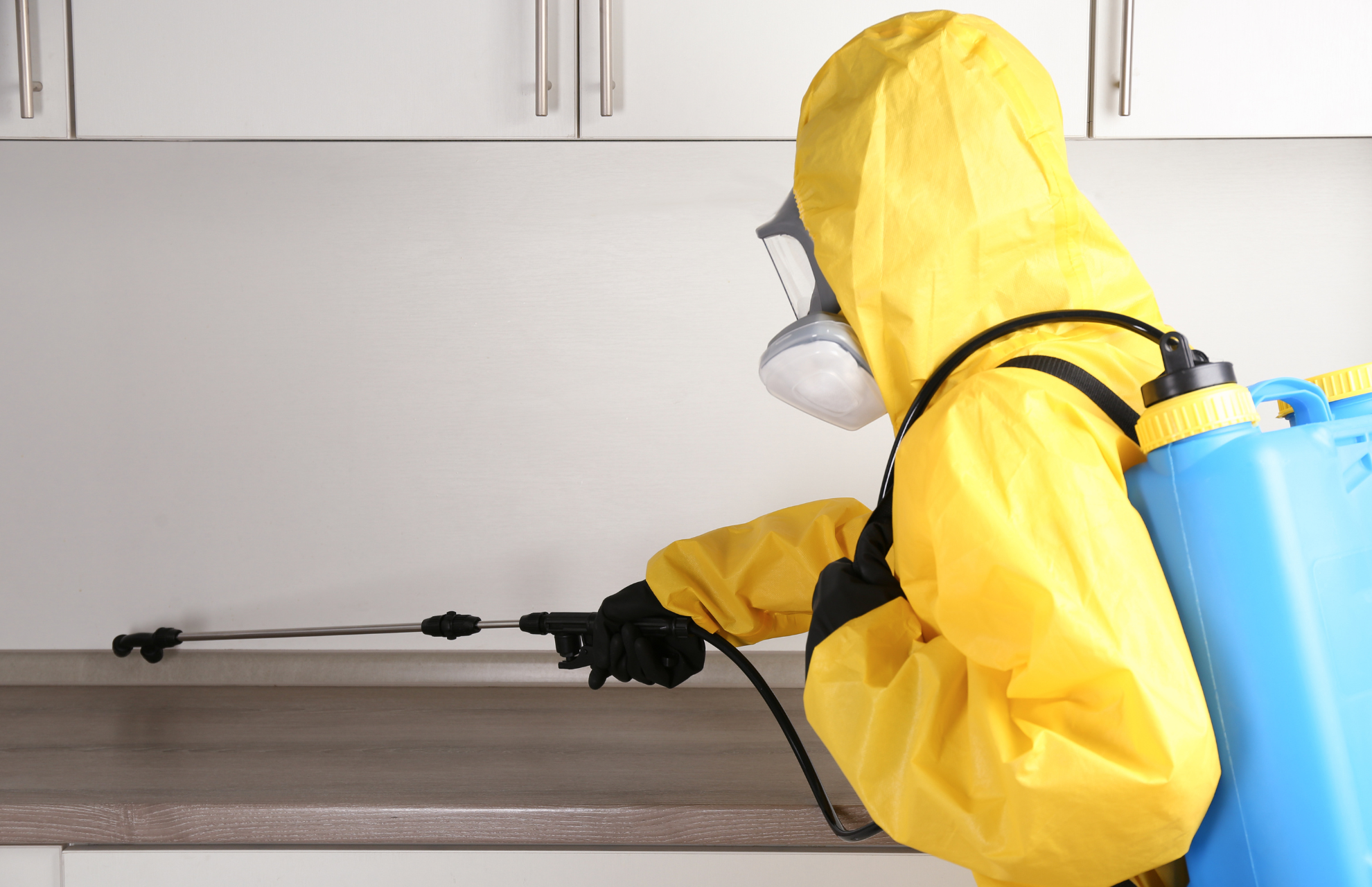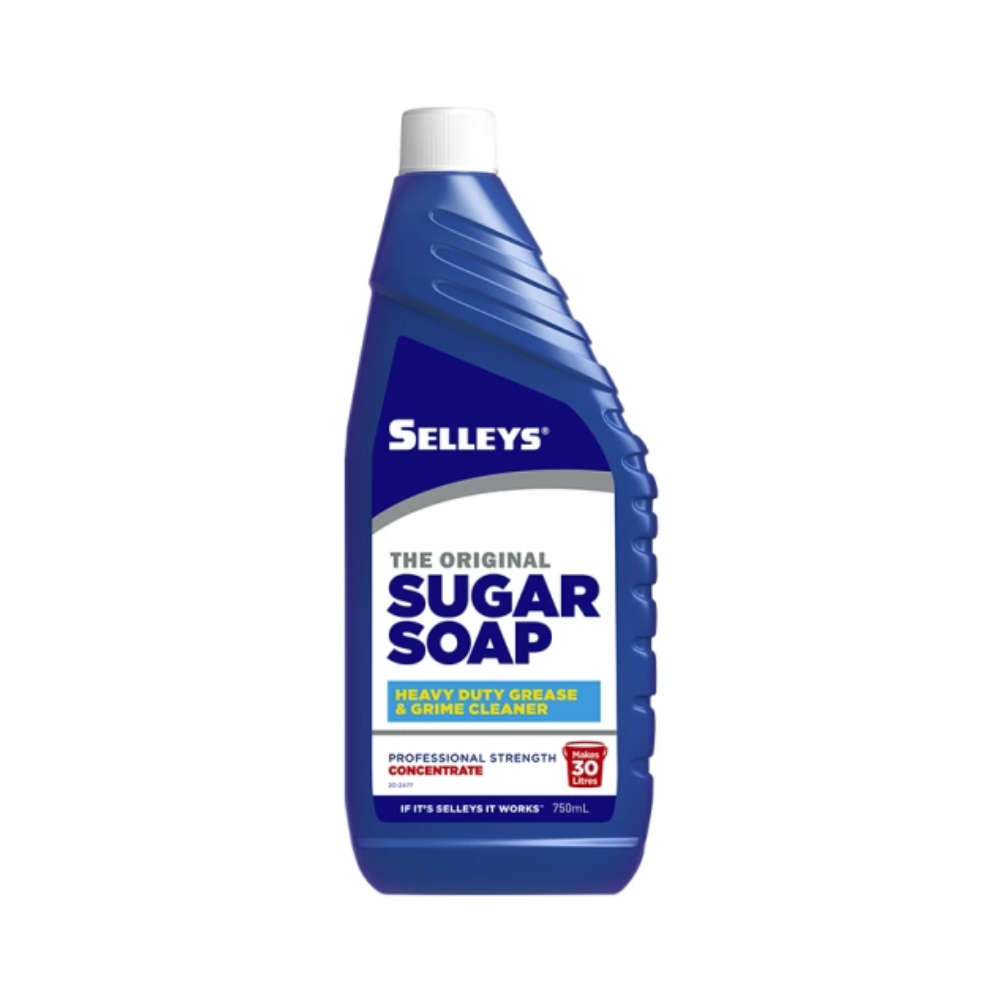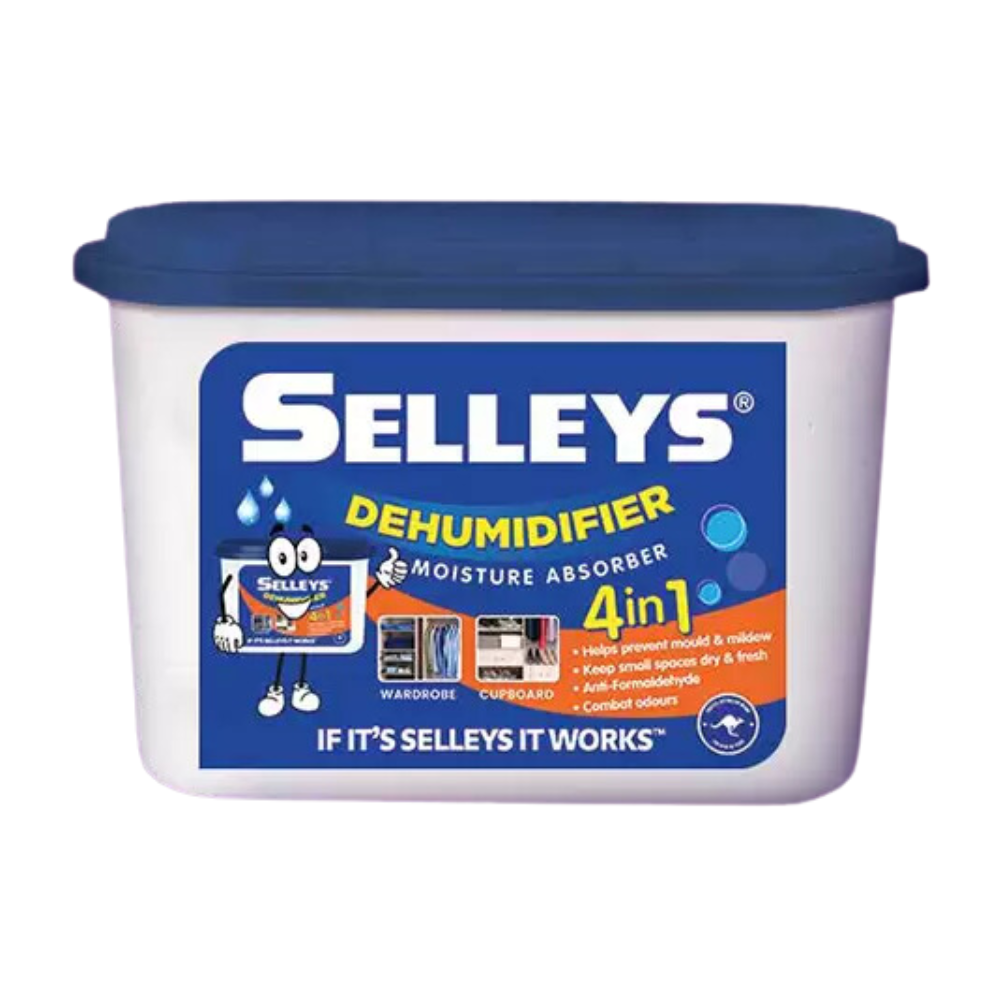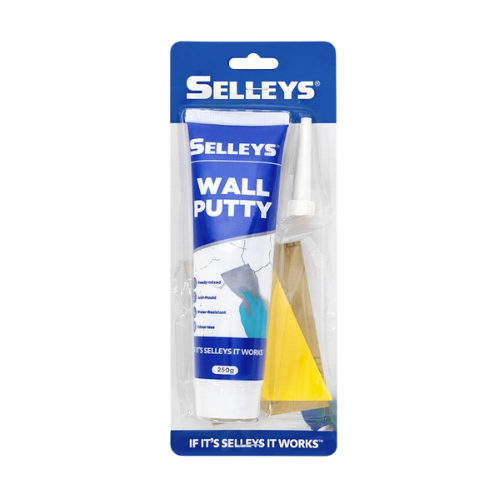Your cart is currently empty!
Of all the domestic pests you might encounter, cockroaches are perhaps the most terrifying. They live in the dark and scurry away when the lights are turned on.
As these creatures crawl through decaying matter such as rubbish and sewage, they become carriers of germs and bacteria. This can lead to the spread of diseases, potentially causing you and your loved ones to fall ill. Furthermore, their droppings and urine can trigger allergies in people. As such, it’s vital to keep these pests out of your home, or immediately tackle any potential infestations that might already be plaguing your home.
In this article, we share the key elements that attract cockroaches to homes and some signs that may indicate a possible infestation. We also explain how to get rid of cockroaches from your home and prevent infestations using items commonly found at home or in stores.
What Attracts Cockroaches To Your Home?
The presence of cockroaches can be a nuisance and a health hazard. Understanding what attracts these pests to your living space is crucial in preventing infestations. Here, we’ll explore the factors that make your home an attractive environment for cockroaches.
Food and water
Like all creatures, cockroaches need food and water to survive. Their favourite foods are ones that are sweet, starchy, greasy or meaty.
Yet, these omnivorous insects are unusual in that they’ll eat almost anything – stale crumbs, dried-on sauces inside pans and even food waste from open rubbish bins. Even items we might consider inedible, such as soap, hair and toothpaste smears, are attractive to these pests.
Cockroaches often make a beeline for kitchens where food and water are both present. You may also encounter these pests in bathrooms, where water is readily available in toilet bowls and from leaky taps. In fact, the moisture produced by baths and showers creates an ideal environment in which cockroaches thrive.
Shelter
While gardens may be an appealing habitat to cockroaches, they’re exposed to various predators in outdoor environments including mammals, birds, reptiles, and amphibians. That’s why they often seek to move indoors, where shelter is readily available. It’s also easier for them to find dark corners indoors, where they can hide and wait until nightfall to come out and explore.
Popular hideouts for roaches include behind sanitaryware and appliances, inside walls and within humid cupboards. They hide inside hollowed-out or rotten wood, sewer pipes and even electronic appliances like toasters and microwaves.
Signs Of A Cockroach Infestation
Cockroaches are one house guest you don’t want to extend a warm welcome to. Identifying the signs of an infestation early on can help to prevent the breeding of these pests and minimise the risk of associated health hazards.
Here are some of the most common warning signs that these pests have made their home inside yours:
- Smell
When cockroaches die, they release oleic acid. The scent of this substance is often compared to mildew or oil, although some have also described it as sweet. These odours are used to communicate with and attract other cockroaches, so the smell tends to become stronger over time.
- Droppings
As voracious eaters, cockroaches produce a lot of droppings. Rice-like cylindrical pellets are a telltale sign of an infestation. The size and colour of these droppings tend to vary based on the size and species of the roaches respectively.
- Egg cases
Egg cases are almost as indicative as droppings of the presence of cockroaches. A single case can contain up to 50 eggs, which will eventually hatch into nymphs — baby cockroaches. Resembling oversized coffee beans, these cases may have stripes and could feel sticky to the touch.
- Shed skin
Cockroaches moult several times throughout their life cycles, especially as fast-growing nymphs, shedding their outer layer of skin each time. These pale brown casts provide compelling evidence of an infestation. Since roaches moult wherever they feel safe, their old skins can provide an indication of where they are residing.
- Live cockroaches
Cockroaches are nocturnal creatures that prefer dark spaces. If you see cockroaches during the day, it could indicate that the infestation has spread out of control.
How To Get Rid Of Cockroaches At Home
If you’ve discovered evidence that these pests have taken up residence in your home, fret not. From household materials to professional assistance, here are our recommendations for getting rid of cockroaches.
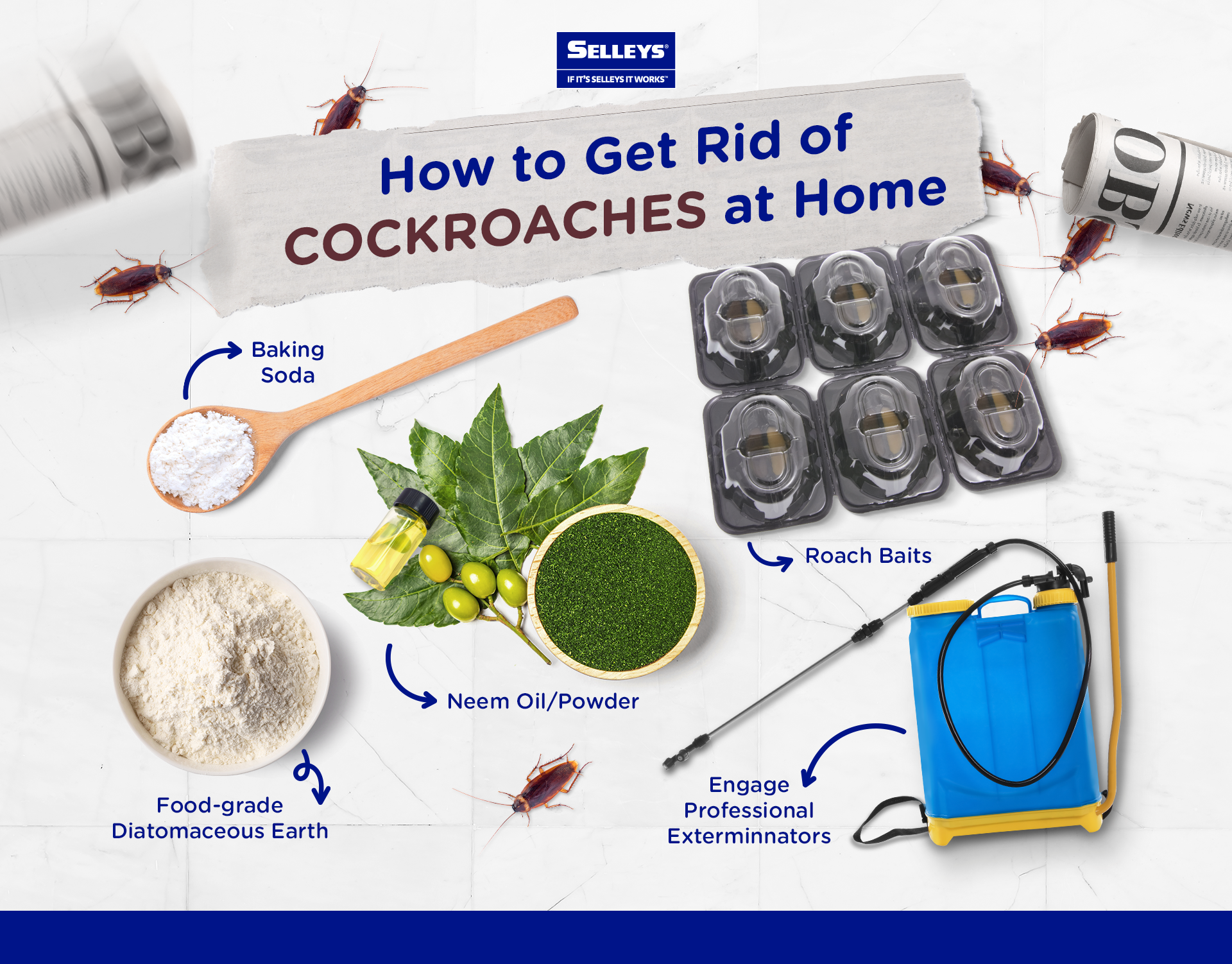
Method 1: Baking soda
An effective approach to tackling cockroaches involves using a combination of baking soda and sugar. While these pests are drawn in by the sugar, the real action takes place when they ingest the mixture.
When consumed, the baking soda creates a buildup of gas in the cockroaches’ stomachs that ultimately causes them to die. To employ this method, simply leave a bowl of the mixture near their hideouts and let the baking soda work its magic.
It’s important to note that baking soda can cause allergic reactions in some people, so we don’t recommend this method if you have young children or pets at home.
Method 2: Food-grade diatomaceous earth
Diatomaceous earth is a naturally occurring insecticide that kills cockroaches by dehydrating them upon contact. Sprinkle a generous amount of the product on surfaces where cockroaches are frequently spotted.
Do note that the powder typically requires some time to take effect and will need to be reapplied periodically.
Additionally, diatomaceous earth can cause allergies, so individuals with respiratory issues should avoid it.
Method 3: Neem oil/powder
Neem is extracted from medicinal plants before being made into an oil or a powder. This botanical insecticide works by killing nymphs and preventing adult cockroaches from laying eggs. Its pungent, bitter smell also encourages roaches to seek alternative accommodation.
Applying neem powder twice daily in places frequented by cockroaches can be effective over time. The neem oil should be sprayed regularly, usually diluted with water and white vinegar. However, neem may not be an effective solution if the roaches are in an inaccessible location.
Method 4: Roach baits
Roach baits offer a convenient solution for rapid cockroach elimination. Cockroaches mistake these poisonous lozenges for food and carry them back to their nests, killing all that consume them within a couple of days. Roach baits disrupt the breeding cycle by poisoning adult females and their eggs.
While these baits are highly effective, they’re also toxic to both humans and animals. Thus, they might not be an ideal option if you have children and pets at home.
Note!
You may find more dead roaches around your house after using the aforementioned methods. However, it simply means that the treatment methods are working – don’t worry, you aren’t experiencing another infestation!
Method 5: Professional exterminators
The main drawback to employing a professional exterminator is the upfront cost. Yet, compared to other methods, this is by far the most effective way of addressing an infestation. It doesn’t require your involvement, poses no risk to children or pets, and will tackle the infestation far more quickly.
Professional exterminators have specialised tools to reach the far corners of your home that you may struggle to access. They utilise chemicals to rapidly kill off cockroaches before disposing of them.
How To Repel Cockroaches
Cockroaches are attracted to food waste and humid conditions. But they can also be repelled by certain aromas and substances such as citrus fruits, essential oils and bay leaves.
Citrus fruits
While cockroaches are fond of many foods, they have a strong dislike for the powerful scents of citrus, especially lemon. Leaving a cut lemon around the kitchen or in a fruit bowl can help to deter these pests.
Alternatively, you can mix some lemon juice and water in a spray bottle and spray the mixture in areas frequented by roaches. The lingering scent of lemon will make your home a much less inviting space for these pests.
Essential oils
Powerful citrus scents can also be found in essential oils, where aromas like lime and orange are widely used. If you aren’t a fan of citrus-scented oils, you can try herbaceous scents such as oregano and rosemary – they’re effective at deterring roaches too!
Bay leaves
When used fresh, the pungent aroma of bay leaves can effectively repel cockroaches. Here are 2 ways in which you can use bay leaves at home:
- Boil the leaves in water and spray the bay leaf-infused water onto the affected areas using a spray bottle.
- Crush or chop up the leaves and sprinkle them in or behind cupboards, near faucets and around appliances.
How To Prevent Cockroach Infestations
While scents can help deter cockroaches from entering or remaining in your home, the most effective approach to keeping them out is through proper housekeeping and proactive maintenance. Following these suggestions should help to make your home less appealing to any passing cockroaches:
Clean your home regularly
Cockroaches love dirt, so the best tip for preventing cockroach infestations is to clean your home regularly. Reduce their food sources by promptly cleaning plates after meals, disposing of rubbish in sealed bins and vacuuming or mopping floors daily. Countertops are also key sources of food crumbs, so remember to wipe them down after each use, rather than leaving them dirty throughout the night.
Similar principles apply in the bathroom – clean soap residue off sinks, remove hair from drains and vacuum up dead skin follicles. Also, ensure that your drains are working well so that standing water doesn’t gather in sinks or baths.
Consider using the following products to help you with your cleaning routine:
Selleys Liquid Sugar Soap is a powerful cleaning solution that can be used straight out of the bottle or mixed with water for a more gentle clean.
Thanks to its concentrated formula, you can enjoy sparkling surfaces for longer without having to constantly restock. In fact, when diluted with water, 1 bottle of Selleys Liquid Sugar Soap can yield approximately 60 bottles of 500ml ready-to-spray household cleaners!
To use it, we recommend adding half a cup of Liquid Sugar Soap to 5 litres of water for cleaning kitchen and bathroom surfaces, or mixing 1 part Liquid Sugar Soap with 10 parts water in a spray bottle for cleaning countertops.
You can also apply this cleaning solution directly onto a cloth or sponge to remove stubborn stains, sticky residue or baked-on grease.
Selleys Floor Cleaner has been carefully formulated to remove stubborn stains and decontaminate floors. It doesn’t leave residue behind or pose any slip risks. Plus, it dries quickly with no watermarks!
Apart from sterilising and deodorising, Selleys Floor Cleaner also comes in an orange aroma – one of the several cockroach-repellent citrus aromas.
Store food well
With food scraps and crumbs eliminated, it’s time to consider storing food in places that are inaccessible to roaches. Always store food in cupboards rather than leaving it out on countertops, and invest in airtight jars or plastic containers for dry food storage.
Fix water leaks
Water leaks in your home provide roaches with humid and moist environments, which are an ideal habitat for these pests. If you have the right tools and knowledge, you can try fixing leaks on your own. However, if you aren’t DIY-savvy, call a plumber to fix the leaking tap or address any pools of water accumulating behind your sanitaryware and appliances.
Keep your home dry
Cockroaches love humid conditions. While this may be unavoidable in Singapore, there are steps you can take to reduce moisture around your house. We recommend investing in a dehumidifier, which removes roach-attracting moisture, mould and mildew from the air.
Selleys Dehumidifier is a 4-in-1 moisture absorber, capable of lasting for up to 3 months at a time. It’s ideal for small spaces and corners where cockroaches might be attracted to such as wardrobes, shoe racks and cupboards.
Aside from extracting moisture from the air, it also absorbs volatile organic compounds found in household products and furniture.
Eliminate hiding and nesting spots
In preparation for egg-laying, adult female roaches actively search for materials to build their nests. One of their favourite nesting materials is paper and cardboard, so discarded boxes, newspapers and books are particularly favourable for them.
To eliminate potential nesting spots, avoid piling household items on the floor – use bookcases, shelving units and freestanding cabinets instead. Even though cockroaches can climb, they tend to avoid environments that are exposed to the elements. Additionally, if you need to store paper items, we recommend placing them in sealable plastic containers with lids.
Seal cracks and holes
Like spiders, cockroaches can squeeze through tiny holes that you wouldn’t expect them to fit into. The best way to keep them out is by repairing any holes or cracks in walls, ensuring floors fit snugly and so forth. Remember to also check behind built-in furnishings like kitchen cabinets and bathroom units – installers may have left gaps or unfilled holes.
If you spot a hole, fill it up with any of these products – expanding foam, wooden planks, silicone sealants or wall putty.
A reliable product for filling wall cracks is Selleys Wall Putty. Sold in 250g tubes for easy application, this ready-mixed water-resistant filler can be used for holes, chips and cracks. It works across materials as diverse as wood and metal, plaster and concrete, and has the added benefit of being anti-mould and odour-free.
FAQs About Getting Rid Of Cockroaches
How do cockroaches enter my home?
Cockroaches normally live outdoors, but the warmth and abundance of food supplies in modern homes naturally draw them indoors. With their keen sense of smell, they actively search for entry points, which typically include:
• Cracks, gaps and holes
Cracks, gaps and holes in the walls and floors of your home create convenient entryways for roaches. Doors without seals, windows left open and vents without fine mesh could all be entry points too.
• Drainage systems and pipes
Cockroaches are commonly found in sewer systems. Drains and toilet bowls, therefore, serve as potential entryways for cockroaches to enter your house. Shared pipes and outlets in communal buildings can also facilitate their movement between different houses. This is why cockroach infestations can be challenging to address in apartment buildings, further highlighting the importance of sealing any holes or gaps.
• Furniture and other items
Upcycling and recycling furniture is both trendy and environmentally friendly. However, it's important to be cautious and ensure that the furniture isn't infested with pests such as cockroaches.
While less common, these insects may also take refuge inside suitcases, grocery bags or cardboard boxes that you bring into your home. They can stay hidden for days, emerging only at night to move to new locations within your home.
Where do cockroaches commonly hide?
Cockroaches typically hide in dark corners. They’re nocturnal and avoid daylight, which is why a torchlight is often needed to identify their hiding spots.
Key places to inspect for potential signs of an infestation include:
• Beneath cabinet-mounted sinks and behind sanitaryware
• Behind or inside furniture and appliances such as kitchen cupboards and kettles
• Rubbish chutes in HDB homes
• Gaps in walls or between walls and floors
Do pandan leaves get rid of cockroaches?
Using pandan leaves to combat cockroach infestations is an urban legend – pandan leaves only repel cockroaches, they don’t exterminate them.
While it’s true that roaches are averse to the smell of pandan, attempting to repel them might only result in them relocating to an area where the scent isn’t present. Plus, when the leaves dry, they become a potential food source, which may in turn worsen the situation.
Can borax or boric acid get rid of cockroaches?
Boron, an element in the periodic table, is commonly combined with other substances to create controlled compounds. Borax is made from a chemical reaction between boron, sodium and oxygen, while boric acid is made by mixing boron with an acidic substance.
Both products can kill cockroaches when consumed, but they’re controlled substances, meaning you can’t buy them off the shelf.


